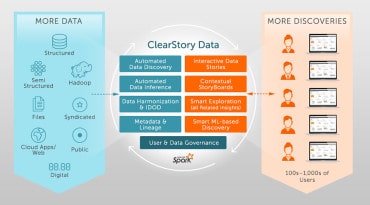
SQN Health Analytics is designed to provide clinical professionals with an in-depth visualization of the trial process and all data collected from it.
SQN Clinical has announced the launch of SQN Health Analytics, its new tool for clinical research. The real-time analytics solution offers clear visualization of the entire trial process and its data. Users can access it at all times.
The tool offers advanced filtering, the ability to drill down into specific patient records, and high-level summary data. Its real-time analytics capability improves control and facilitates predictive maintenance and forecast to spot potential issues. It also enables improved decision making and trial management.
How It Works
Clinical research depends on reliable data. The tool’s advanced data analytics — which incorporate artificial intelligence (AI) components — enhances project and clinical oversight capabilities.
The cloud-based suite integrates with SQN Health, an electric data capture (EDC) system that includes the company’s electronic patient reported outcomes (ePRO) app. Together, the tools will provide:
- Real-time patient profiling
- Data review
- Exploratory analysis
See also: 3 ways AI can remedy the bloated healthcare system
“Our analytics suite is fully integrated with our EDC and ePRO systems providing a seamless data ecosystem. It gives sponsors access to information according to their role and the predefined access rights given to them. Senior teams can view high-level data for oversight management, comparing multiple sites and tandem trials. Dashboards with user-defined KPIs provide an instant snapshot of any element of the trial, and the data can be sorted and filtered in multiple ways to show any combination of factors,” says Joseph Jameson, Data Analyst at SQN.
“This development adds value for our clients and represents a significant step forward in the management of clinical trial data,” says Rees. “SQN Health Analytics will enhance the ways in which our clients interact with and use their data and. With their input, we are already developing innovative new ways in which we can extend the analytics functionality. Future phases will include machine learning and further artificial intelligence to provide predictive modeling and forecasting capabilities.”




























